You could ask any Average Joe to explain SPF and UV protection, and each Joseph will give a different answer. You could ask any know-it-all for a sunscreen recommendation, and you’d get an endorsement without discernment for ingredients, intent or benefits (beyond the sunblock itself). Can these guys even tell you the difference between UVA rays and UVB rays, much less how SPF 15 differs from SPF 30? It’s not likely.
None of this is hard to figure out, so long as you don’t source your colleagues or Reddit for advice. To make things easier for you, and to offer up our favorite sun-stopping products (from moisturizing to water-resistant to hair-shielding), here’s a buying guide for SPF, with intel on all the acronyms, ingredients, and brands you ought to know.
Terms to Know
UVA: Ultraviolet “A” rays can penetrate deep into the skin. This leads to premature aging, or “photoaging” — fine lines, wrinkles, leathery skin and sun spots.
UVB: Ultraviolet “B” rays are superficial and cause sunburn. They are also responsible for the formation of melanoma (skin cancer).
Broad Spectrum: If a sunscreen is “broad spectrum,” it protects against both types of ultraviolet rays. You should only buy products that offer broad-spectrum protection.
SPF: Sun Protection Factor. So many sources will explain this in different ways, so it’s best to rely on the Skin Cancer Foundation’s overview: SPF measures the UVB protection of a sunscreen. (You can assume that UVA protection holds strong, while UVB defense wavers.) Unprotected skin takes 20 minutes to redden and burn in the sun, so an SPF 15 sunscreen or moisturizer will extend that 15 times longer, or roughly 5 hours. (You should play it safe and reapply after 2-3 hours, though.)
They also explain it in terms of percentages, which explains why you might experience more of a skin tan using SPF 15 than SPF 30: SPF 15 blocks about 93 percent of UVB rays during this time. SPF 30 doesn’t block double the rays; it simply ups the ante to 97 percent, whereas SPF 50 takes it to 98 percent.
They say no sunscreen can block all rays, but it’s most important to dial the SPF higher if you have especially sensitive skin. Otherwise, SPF 15 provides very good coverage, and SPF 30 provides excellent coverage.
Mineral Ingredients: Many SPF products use mineral ingredients to shield against the sun, primarily zinc oxide and titanium dioxide. They are physical ingredients that deflect UV rays, and they sometimes leave a chalky residue in their wake, and are better if you aren’t swimming or sweating, since they can bead up more easily.
Synthetic Ingredients: Other products use synthetic ingredients to deflect or deactivate UV rays. Although there are dozens, the main ones are octinoxate, octisalate, oxybenzone and avobenzone. They are lighter and thus more ideal for water activities and for fair skin. They absorb more quickly than mineral ingredients.
Best for Everyday Wear: Clinique for Men SPF 21
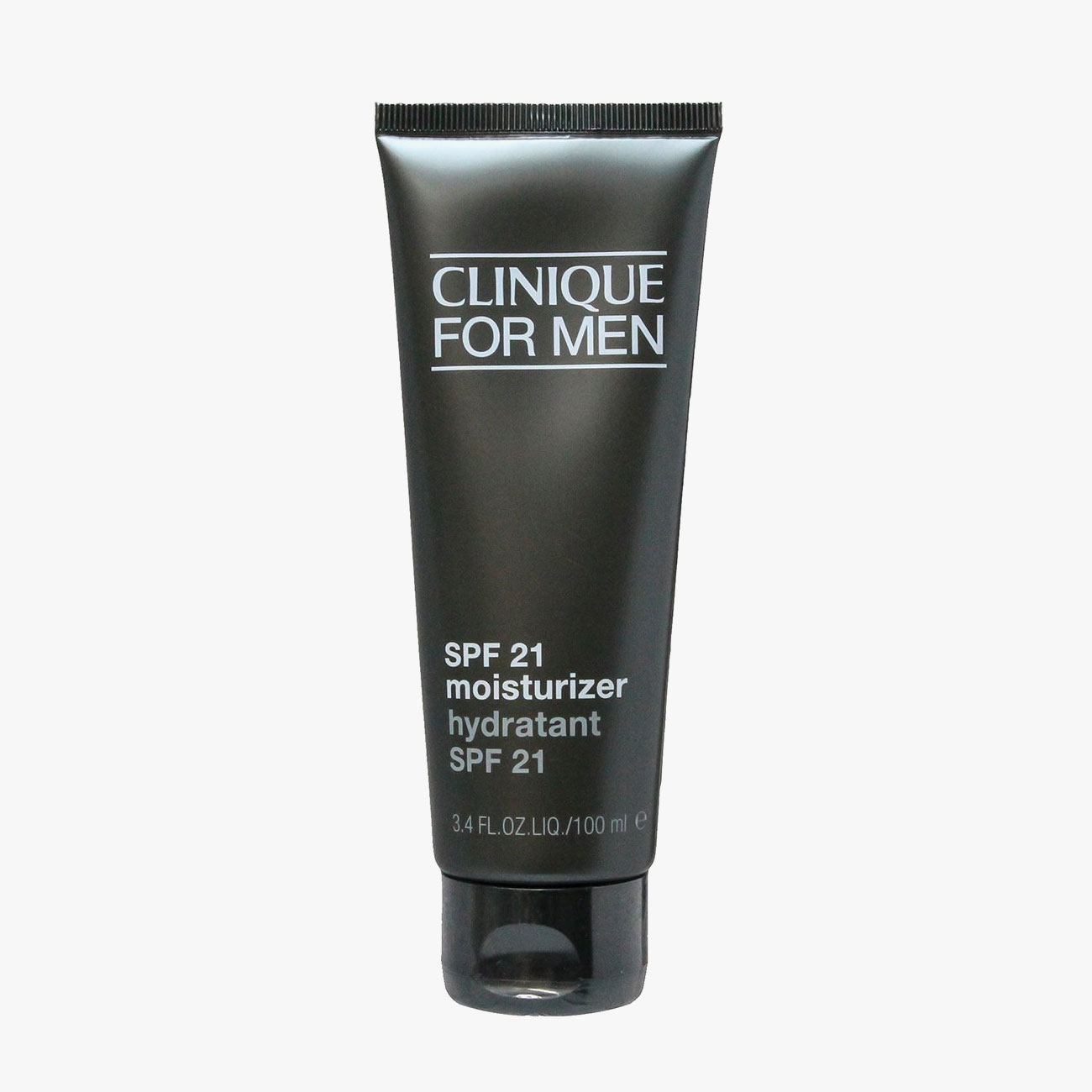
A lightweight, oxybenzone-driven synthetic moisturizer. While it’s specifically for the face, Clinique’s broad-spectrum hydrator is too smooth to not apply universally. If you’re out for a walk and want some added coverage on your arms and legs, too, this stuff soaks up fast and doesn’t goop on like most dense body sunscreens. You get high SPF coverage, fast absorption and soft skin. Plus, it doesn’t break the bank, so there’s no guilt in lathering it on.
Best for the Face: Ursa Major Daily Defense SPF 18
<img src="http://www.sx-z.com/wp-content/uploads/the-best-sunscreen-for-every-need-1.jpg" alt="" width="” height=”1300″ class=”aligncenter size-full wp-image-567880″ />
Here’s one moisturizer that you should only apply to the face. Yes, it would cover anything else effectively, but Ursa Major’s formula is packed with ingredients that benefit your complexion and would be wasted with frivolousness. Foremost, it provides a high-dose zinc-oxide, broad-spectrum defense, but follows that up with stem cells from apples (to prevent signs of aging and sun exposure), roses (to fortify the skin against other environmental toxins and stressors) and poppies (to deeply replenish moisture). Squalane smooths complexion and texture, while sodium hyaluronate further protects the skin’s moisture barrier, and strengthens its defense functions. Whew.
Best for the Beach: Supergoop Everyday Sunscreen SPF 50
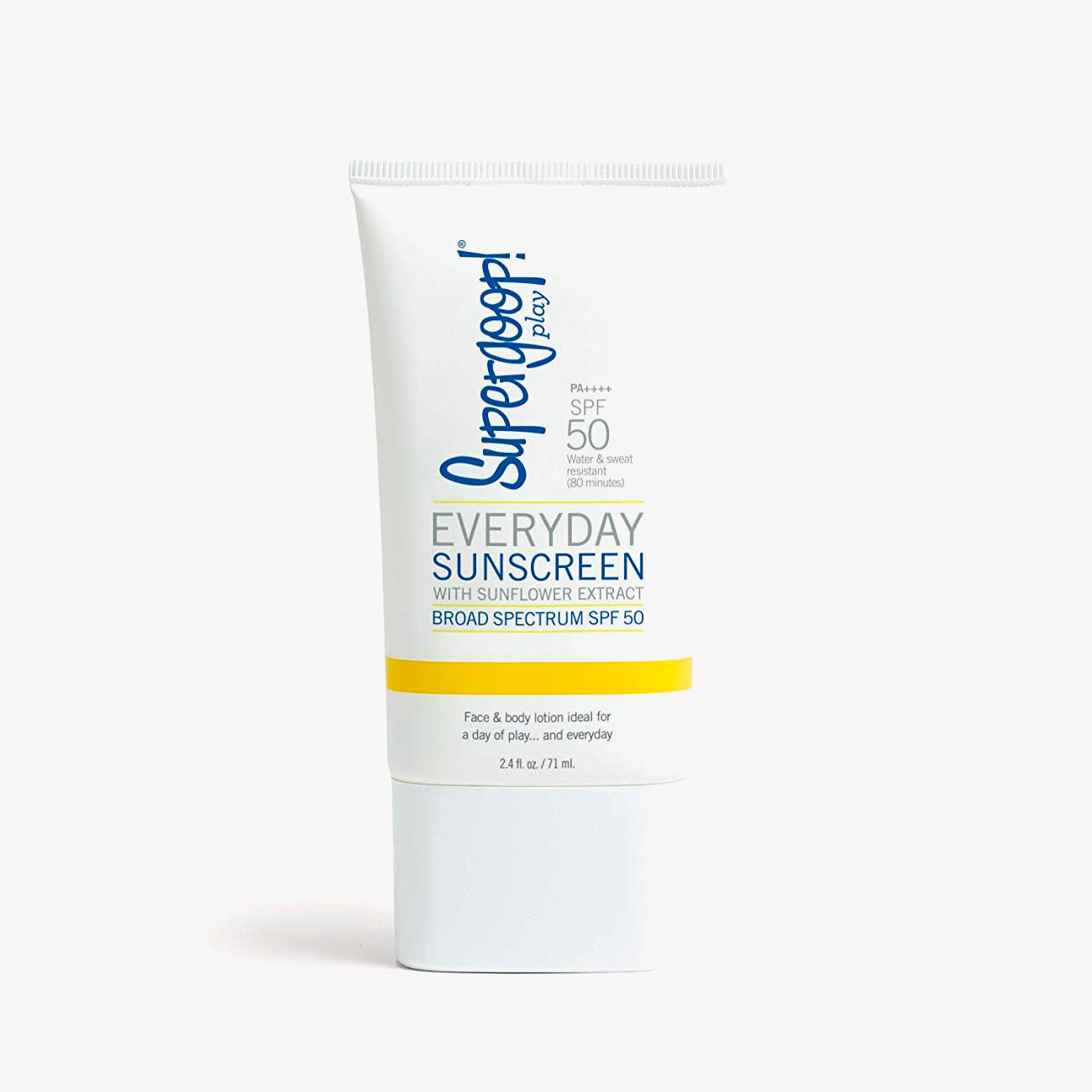
When you hit the beach, you need a lightweight sunscreen that doesn’t clog pores and lead to more sweating. After all, the heat and humidity are already making you sweat enough. Supergoop’s all-over synthetic sunscreen provides broad-spectrum protection, with a formula rich in avobenzone, homosalate, octinoxate and octisalate. Extracts of sunflower and rosemary leaf help thwart toxins and soothe skin. A high SPF makes it great for long, languid days under the sun, especially if you’re getting in and out of the water, or sweating from the heat. (Just be sure to reapply once you dry off, which is the universal rule.)
Best for Outdoor Activities: Coola Body Sunscreen SPF 50
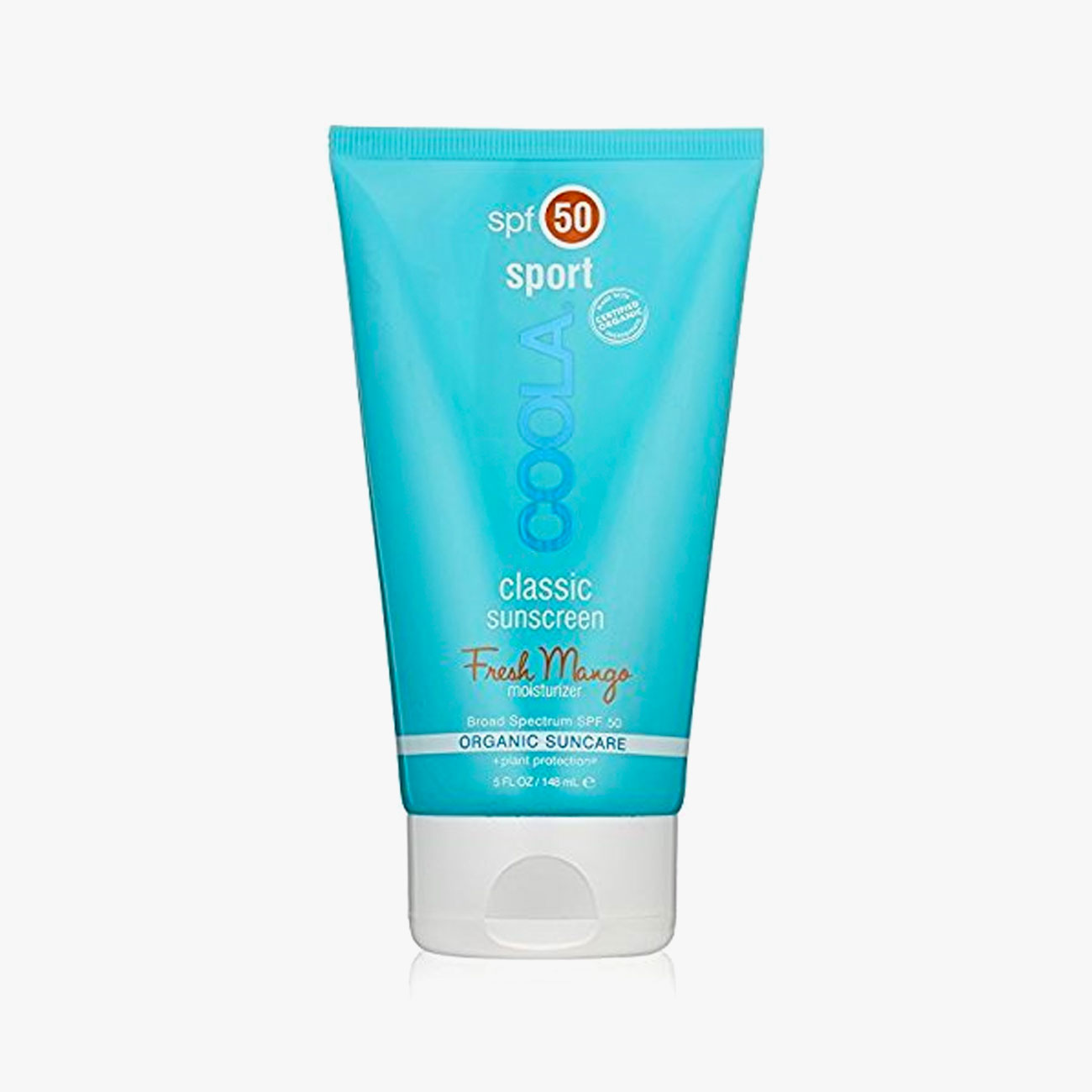
Despite its zinc oxide and titanium dioxide broad-spectrum combo, Coola’s all-over lotion absorbs quick and without any chalky residue. It relies on its plant-rich formula to bolster the skin against toxins and strain; antioxidant-dense oils of raspberry seed, meadowfoam and prickly pear combine with aloe for an all-around protective cover. If you’re going for a long hike or just laying out by the pool in need some serious coverage, Coola checks every box.
Best for the Water: Bare Republic Mineral SPF 50 Sport
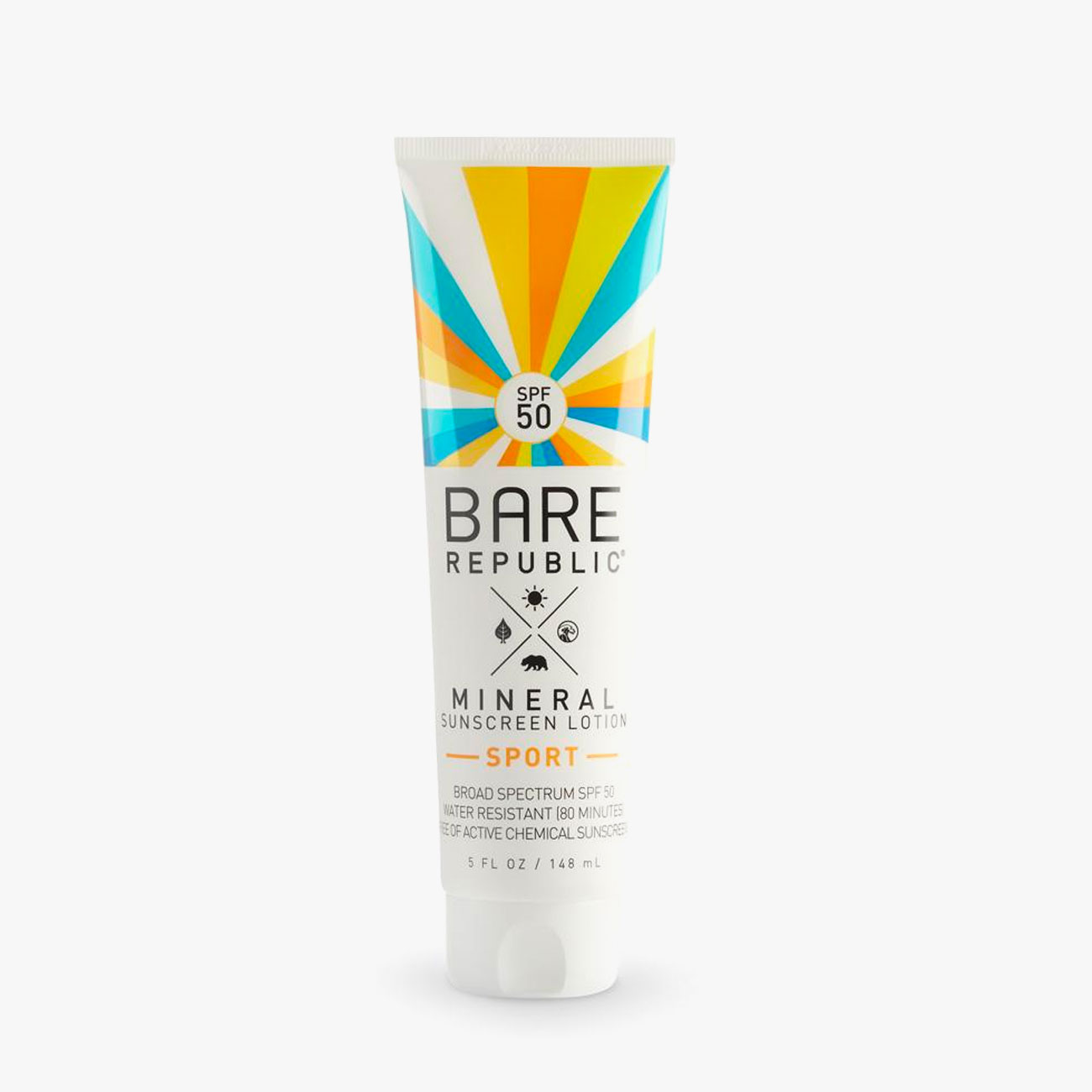
Another mineral broad-spectrum blend of zinc oxide and titanium dioxide, Bare Republic’s sport- and water-friendly sunscreen provides up to 80 minutes of coverage from sweat or water. You should apply 15 to 30 minutes before you go for a dip, just so the minerals can seep in and work most effectively. Once they do, however, they provide one of the best defenses against sun exposure — it’s that mineral density that works in your favor, despite the fact that synthetic sunscreens are primarily touted for their water readiness. You would need to reapply those ones more quickly, as a result. With this one, you’re good for an hour or more, so long as you let it settle before diving in.
Best for the Hair: Sachajuan Hair in the Sun
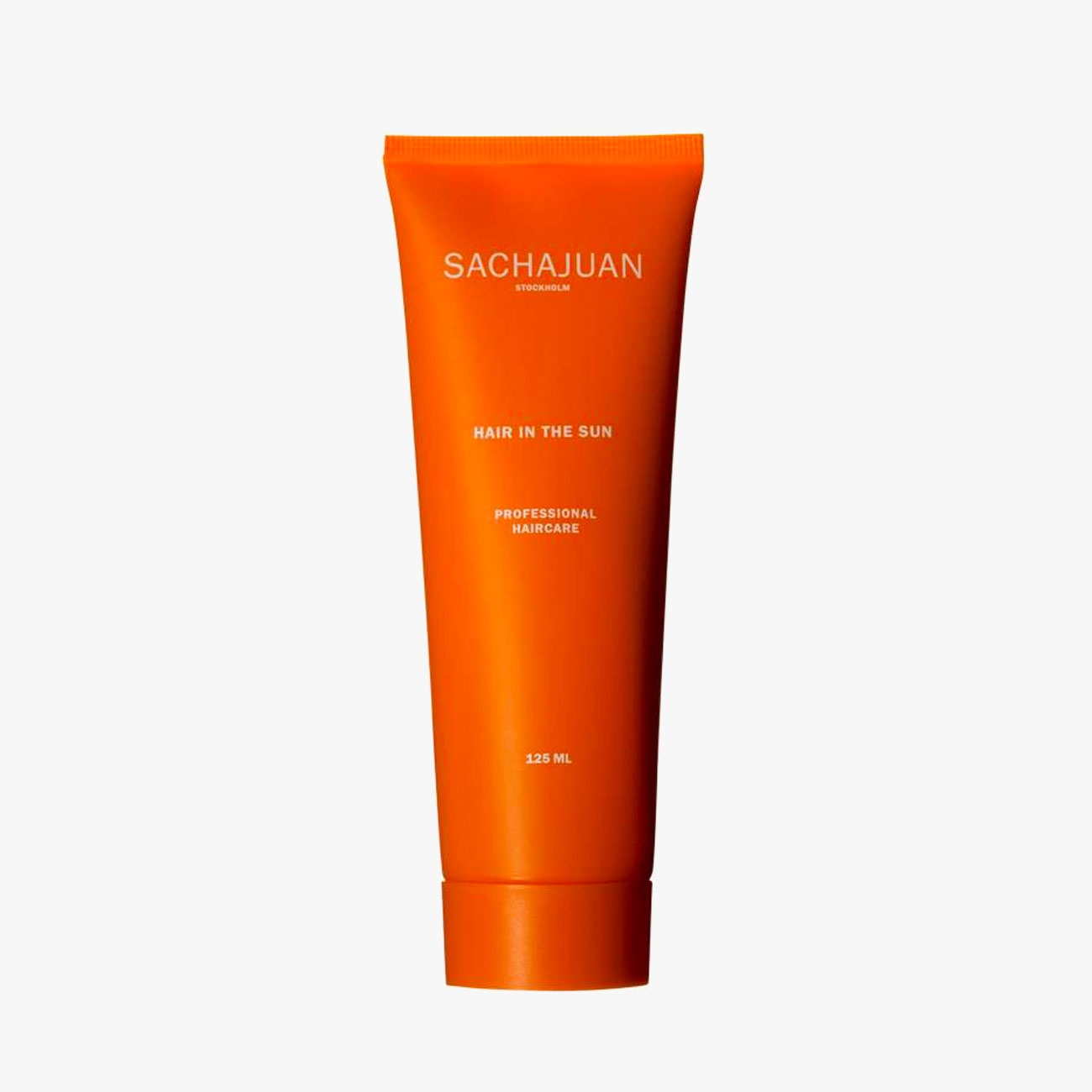
It’s important to note that your hair suffers under the sun too; those UV rays do their damage on anything they encounter. However, the ingredients game is a little different when it comes to hair, and the field of options isn’t too thick. Sachajuan has engineered a UV-shielding formula that doubles as a styling cream, and that protects the hair even after you’ve gone for a dip; no need to reapply. You’ll note that it’s not as fried and dried the following days, as is otherwise wont to happen after heavy exposure to the sun. You can even follow your beach day with the brand’s Hair After the Sun, which works as a leave-in conditioner to boost natural shine and buoyancy.

